Doctor In Iran Protests Killed By Security Forces
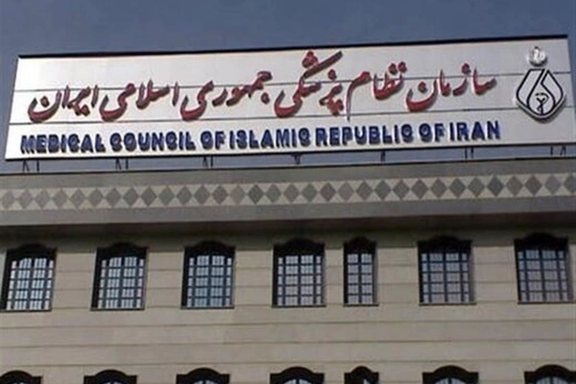
Reports received by Iran International say during the protests by doctors in Tehran on Tuesday, October 25, a general surgeon was shot in the head and killed by the security forces.

Reports received by Iran International say during the protests by doctors in Tehran on Tuesday, October 25, a general surgeon was shot in the head and killed by the security forces.
Doctor Parisa Bahmani, from Zanjan, was killed during the gathering of doctors in front of Tehran Medical Council, after government forces opened fire on demonstrators, Iran International has learned.
Following the announcement of her death, doctors held another round of protests outside the buildings of the Medical Council of the Islamic Republic across Iran on Saturday.
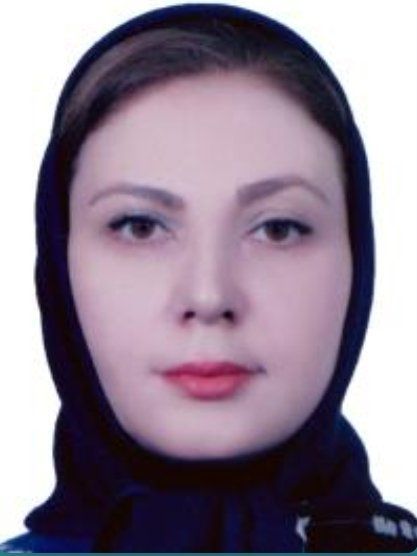
Doctors held a protest rally on October 25 against the government’s policies of preventing medical care for the wounded protesters, using ambulances to transport security forces, and militarizing the hospitals.
According to information received security forces have put pressure on the victim’s family to deny her participation in the protest rally.
Earlier, Iran’s Medical Council announced Dr. Parisa Bahmani, a general surgery specialist, “died in a car crash and the news regarding her killing by security agents is not true. However, the death of Dr. Bahmani in under investigation and the result will be announced soon.”
Up to now, the Islamic Republic has not taken responsibility even for a single death during the demonstrations.
Iran’s government either says the dead people have jumped off the roofs, committed suicide, had some background disease, or lost their lives in car crashes.
The regime has killed over 250 people including tens of children during the protests since mid-September.

The United States will next week launch an initiative at the United Nations over human rights violations in Iran, Reuters reported Friday.
The news agency said it had seen a note referring to an “informal UN Security Council gathering” held by the US and Albania, which currently sits on the council. Iranian Nobel Peace Prize laureate Shirin Ebadi, actress Nazanin Boniadi, and Javaid Rehman, the UN Special Rapporteur on human rights in Iran,are due to address the gathering, which will be open to state representatives and human rights organizations.
The meeting, Reuters reported, was intended to “highlight the ongoing repression of women and girls and members of religious and ethnic minority groups in Iran,” and would “identify opportunities to promote credible, independent investigations into the Iranian government's human rights violations and abuses.”
The administration of President Joe Biden has been criticized by some Iranian opposition groups over an alleged lack of support for recent protests in Iran or for not ending diplomatic contacts with Tehran. A petition calling for the removal of Rob Malley as the White House’s special Iran envoy has attracted 115,000 signatures.
Some exiled activists have long identified with the Republican Party, which might be seen an area of weakness by Biden’s Democrats as the November 8 Congressional elections approach. But any emphasis on human rights is a double-edged sword. Some Middle-East-focused rights advocates have argued that Biden’s approach to Saudi Arabia over cuts in oil production betrayed a lack of interest in holding Riyadh accountable for human rights abuse.
Iran’s mission to the United Nations in New York this week accused the United States of “hypocrisy, use of a double standard, and selective application of human rights” to their extent that American claims “to support Iranian women to be deceptive and lacking in good faith.”
‘Political sanctions’?
The UN approach to human rights has not been without its own controversy. Ebadi, who left Iran 2009, said in April that Alena Douhan, the UN Special Rapporteur on unilateral coercive measures (‘UN speak’ for sanctions), should not visit Iran unless Tehran also agreed to a visit by the human rights rapporteur Rehman, who has not been allowed into the country. Ebadi in 2018 expressed opposition to US economic measures that penalized the general population and argued instead for targeted ‘political sanctions.’
Douhan issued a report in September, after a visit to Iran, arguing that US sanctions should be lifted due to their impact on the “broad spectrum of human rights” including “the right to life and the right to development.” The report said the delivery of medicines and medical equipment to Iran was “severely undermined” by Washington’s sanctions on finance, trade, shipping and insurance, although humanitarian trade is not sanctioned and Iran imports around $1.5 billion of medicines a year.
The role of Albania in calling the UN gathering will also be noted in Tehran, given Albania has hosted the Mujahideen-e Khalq since 2013, when the US relocated the Iranian opposition group from Iraq, where it had been stranded by the demise of its ally Saddam Hussein. The US Deputy National Security Advisor Jon Finer this week reaffirmed US support for Tirana, including improved “cybersecurity in the face of repeated, disruptive cyber-attacks by Iran.”
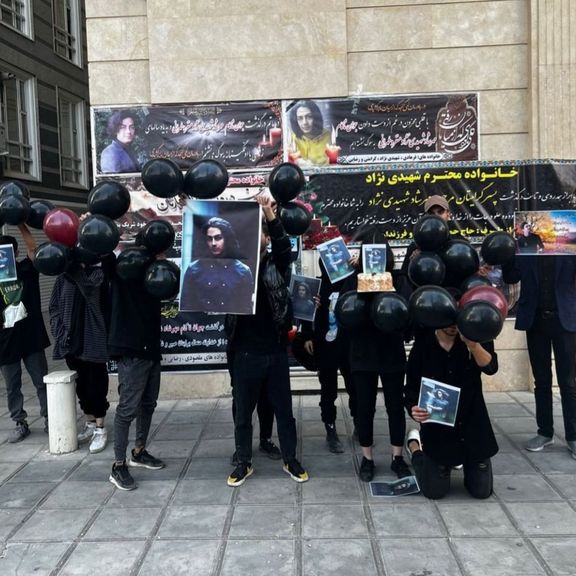
A large crowd in the central city of Arak attended the funeral of Mehrshad Shahidi, a 20-year-old chef who was killed by the Revolutionary Guard forces on October 25.
Mehrshad Shahidi was arrested October 25 during antigovernment protests and beaten to death with baton at the IRGC Intelligence’s detention center.
Security forces have reportedly fired tear gas to disperse the mourners who were chanting “Everyone who is killed will be supported by thousands more,” and "We don’t want, we don’t want the Islamic Republic.”
Iranian authorities have denied any responsibility in Shahidi’s death claiming that they will announce the cause of his death later.
Chief Justice of the province Abdolmehdi Mousavi said on Friday that “there are no signs of fractures in the arms, legs, skull, or any brain injury.”
Meanwhile, Deputy Governor of the province, Behnam Nazari alleged that “the rumors are being spread by anti-Iran media, but no bullets have been shot at Mehrshad Shahidi.”
Funerals and memorial ceremonies have become occasions for more protests and new violence by security forces.
The Norway-based Iran Human Rights organization says at least 253 people including 34 children have been killed by the Iranian security forces during the nationwide protests so far.
According to the organization, on Thursday and Friday alone, at least 16 people, including 4 women, were killed by regime forces in different cities, particularly in Kurdish regions.
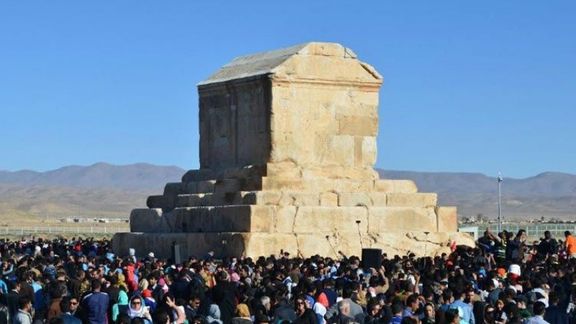
The Islamic Republic has banned people from visiting the Pasargadae and Persepolis, ancient sites dating back to Achaemenid Empire on Cyrus the Great Day, in fear of antigovernment protests.
Ordered by the Islamic Republic’s Supreme National Security Council, the Cultural Heritage Organization announced the three-day ban effective until after Saturday, October 29, which is considered by some historians as the death anniversary of Cyrus the Great, the founder of the first Persian empire the Achaemenids.
To commemorate the king, many Iranians visit the Tomb of Cyrus on October 29, a mausoleum located in Pasargadae archaeological site as well as Persepolis, the ceremonial capital of the Achaemenid Empire, in the southern Fars province.
In recent years, the Islamic Republic implemented security measures and even blocked roads leading to Pasargadae and Persepolis to prevent people from visiting the ancient sites or celebrating the occasion, considered as symbols of monarchy by the clerical regime.
The measures were especially intensified since October 2016, when thousands of people gathered at the historical site and chanted antigovernment slogans such as "Iran is our homeland, Cyrus is our father." During and following the event, security forces arrested several people and the prosecutor of Shiraz, the provincial capital, announced "judicial cases" against the organizers.
Iran is engulfed in unrest as people are holding daily protests against the Islamic regime since the death of 22-year-old Mahsa Amini, who died in custody of the hijab police.
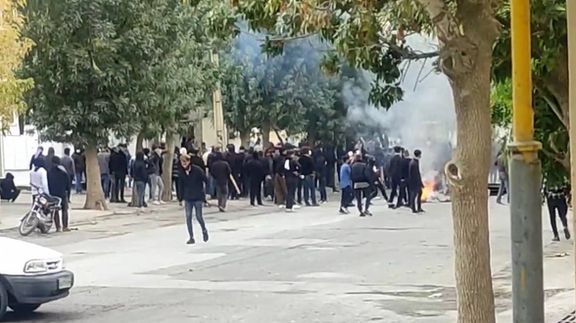
Anti-government protests in Iran continued Friday in its second month with people in different parts of the country venting anger at the clerical regime.
Friday coincided with the fortieth day ceremony after the death of several victims killed by security forces in September.
People in Zahedan and Saravan in the southeastern Sistan-Baluchestan province once again staged antigovernment protests after Friday prayers and chanted slogans against Supreme Leader Ali Khamenei. One was killed and several injured after security forces opened fire on demonstrators.
During the Bloody Friday in Zahedan on September 30 security forces killed at least 93 people, and injured hundreds more. Zahedan is one of the few Sunni-majority cities in predominantly Shiite Iran.
Several Kurdish cities also witnessed anti-regime protests on Friday, with people mostly observing the funeral and commemoration ceremonies of their comrades who were killed in earlier demonstrations.
In Kermanshah, Saqqez, Qasr-e-Shirin, Mahabad, Babol and Arak people mourned for the losses and chanted anti-government slogans vowing to take revenge on the clerical rulers.
According to Norway-based Iran Human Rights organization, at least 253 people including 34 children have been killed by government forces during the nationwide protests so far.
Demonstrations started in mid-September, when a 22-year-old woman, Mahsa Amini was killed in custody of hijab or morality police.
The protests first erupted in Mahsa Amini’s hometown Saqqez and capital Tehran and soon spread to almost 150 other cities and towns and garnered support from Iranian expatriate communities around the world as well as foreign governments and officials.
Iran Human Rights Organization says on Thursday and Friday alone, at least 16 people, including 4 women, were killed by security forces in different cities, particularly in Kurdish regions.
Reports also say a great number of protesters have been arrested and subjected to physical and mental torture and ill-treatment.
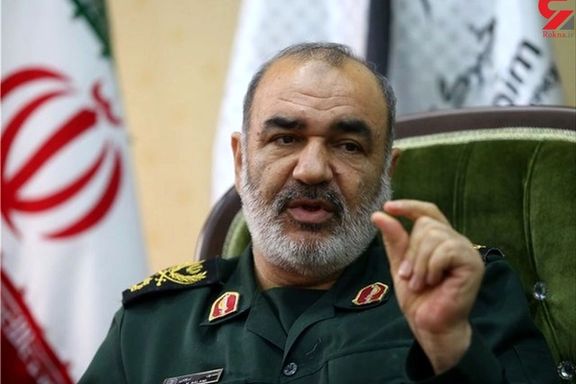
“Many were under duress to force them to make false televised confessions, with some already aired. Protesters are also being held in unofficial buildings without any monitoring and supervision. Prisons and detention centers are filled over capacity, without access to sanitary facilities. Children under 18 are amongst those detained,” says Iran Human Rights Organization.
Videos received by Iran International shows people in Bukan, Mahabad, Sanandaj and several neighborhoods in Tehran continued their protests into the night and early hours of Saturday.
Two students were also abducted Friday night in a dormitory at Ahvaz Jundishapur University, southwest of Iran and in other universities, with details emerging on Saturday.
However, the Islamic Republic continues its customary policy of trying to link the protests to foreign countries and pretend the majority still supports the clerical regime.
On Friday, regime’s intelligence ministry and the IRGC released a joint statement blaming the CIA and Israel for creating chaos in Iran. The statement also accused the journalists who first covered the death of Mahsa Amini as “trained agents”.
Commander of Revolutionary Guard Hussein Salami threatened the protesters on Saturday saying that “This is the last day of protests. Don’t take to streets anymore!”
Salami also addressed the youths saying that they are deceived by the United States, asking them “to take off the uniforms of US soldiers,” thus accusing them of doing “the enemy’s” work.
It seems that the Islamic Republic is now scared by the huge turnout during protests and the total rejection of the regime by demonstrators. In the past two days hardliners in the government issue threatening statements; a tactic that might not work on determined protesters under social and economic pressure.
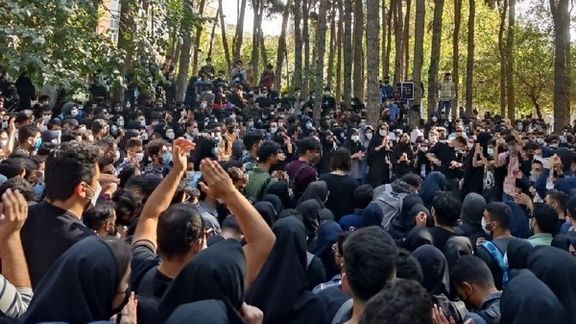
The hardliner government in Tehran is signalling its readiness to get even tougher with protesters, who have come out every single day in the past six weeks.
The Iranian government’s official mouthpiece, Iran newspaper, which is owned by the administration of President Ebrahim Raisi, warned Iranians October 27 that security forces are going to get even tougher, while at least 270 protesters have already been killed.
In a commentary entitled “The end of Toleration,” the daily said after the attack on the Shah Cheragh Shrine in Shiraz, the regime will no longer tolerate any protests. This comes while the government has attributed the attack on the shrine to the Islamic State (ISIS) with which the protesters have not shown any sympathy and have likened the regime to ISIS terrorists.
Iran newspaper charged that it was the protests that has encouraged ISIS to undermine Iran’s security.
In a similar stance, hardliner member of the Iranian Parliament Esmaili Kowsari, said in Tehran that the officials are tasking new decisions about how to tackle the ongoing unrest and warned, “You will see that the situation will be different from previous days.”
Kowsari said on Iranian state television on Thursday: “Perhaps the rioters can still scare the businesses like they did on the previous days, but they can never attract the sympathy and support of many Iranians.” He further warned that officials are making new decisions about encountering what he called “riots”.
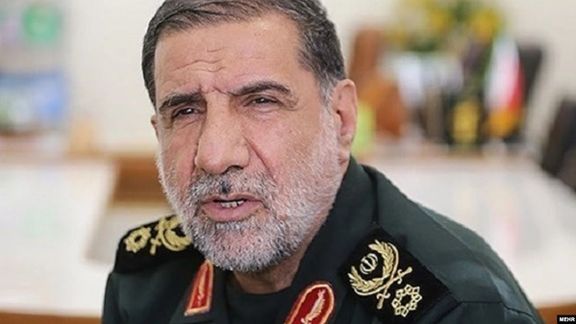
The hardliner lawmaker who is a senior officer of the Revolutionary Guard (IRGC) and was previously in charge of Tehran’s security for over a decade, claimed that “compared to the protests in 2019 that followed a sudden fuel price rise, there are fewer protesters in the streets and the protests are generally less intense.”
He warned the protesters while referring to the attack in Shiraz that “foreign countries whose hybrid war in Iran has not been fruitful, have turned to terrorism in order to scare Iranians.” Kowsari made the comment while most Iranians on social media believe, based on previous experience, that the government was behind the attack with the aim of derailing the protests.
Stressing that the government will change its approach, Kowsari said that so far it hoped the people would realise that their slogans were not true. Most slogans chanted by protesters vehemently rejected Khamenei and the Islamic regime. Meanwhile Kowsari accused foreign countries of being behind the ongoing uprising and promised to deal with those countries.
On Friday, prayer Imams in various cities, who are directly appointed by Khamenei, called on the security forces to adopt tougher measures against the protesters. Mohammad Javad Haj Ali Akbari, the imam in Tehran vowed to take revenge from the perpetrators of the attack on the shrine in Shiraz and blamed the United States and Israel for the blood spilled in Shiraz. He said in a controversial statement: “The United States is the same as the Islamic States. Only it wears perfume.”
He said the attack in Shiraz took place because the demonstrators had played with the country’s security and warned that no one can do that any longer. Haj Ali Akbari said: “We blame the United States and Israel for all the bloodshed and promise to take revenge for them.”
The Imam in Isfahan, Abolhassan Mahdavi, claimed that regime’s security forces attack the women among the protesters because Western countries encourage them not to wear hijab. He further claimed that wearing hijab will cleanse the society.
The Friday Imam of Isfahan further charged that protesters have received money from foreigners to undermine the importance of hijab. He called on the police and other security forces as well as the judiciary to forcefully deal with those who are against hijab. He charged that not having hijab is tantamount to prostitution.